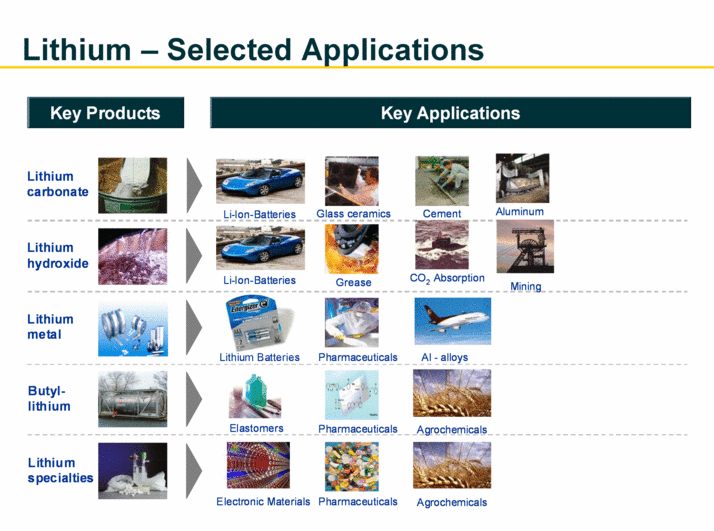July 30, 2022
Lithium, A Critical Mineral for Our Economy
Lithium is one of the critical elements with widespread applications in next-generation technologies, including energy storage, electric mobility, and cordless devices. Due to its unique applications, lithium cannot be substituted in most applications; therefore, a steady annual demand increase of 8-11% is anticipated. Meeting such a rising demand for lithium for various applications requires prospecting and processing all viable resources, including brine sources and ores (e.g., spodumene mineral).

Spodumene mineral is one of the major sources of high-purity lithium, which contains a theoretical chemical composition of approximately 8% Li2O, 27.4% Al2O3, and 64.6% SiO2. To extract lithium from spodumene, conventional heating (calcination) at 1000-1100 oC for about two hours and leaching are the current industrial practice . This calcination process is very energy-intensive and has been the bottleneck of the economic extraction of lithium from spodumene ores. Microwave-assisted calcination of spodumene offers significant advantages over calcination through conventional heating. As for the interaction with microwave, materials are categorized into three groups: transparent, conductor/opaque, and absorber. The materials with dielectric loss factors that change rapidly with temperature during microwave processing can be susceptible to uneven heating and thermal runaway. On the other hand, materials with low dielectric loss factors, such as spodumene, are difficult to heat from room temperature due to their low absorption of the incident energy. However, these materials can absorb microwave at elevated temperature as their dielectric loss increases with temperature rise. Therefore, for microwave heating of these materials, instead of the direct method, hybrid microwave heating is generally used in such cases. In this method, the materials are preheated using another heating source or through a susceptor to a certain temperature, where the sample becomes an absorber and heats up directly in microwaves.